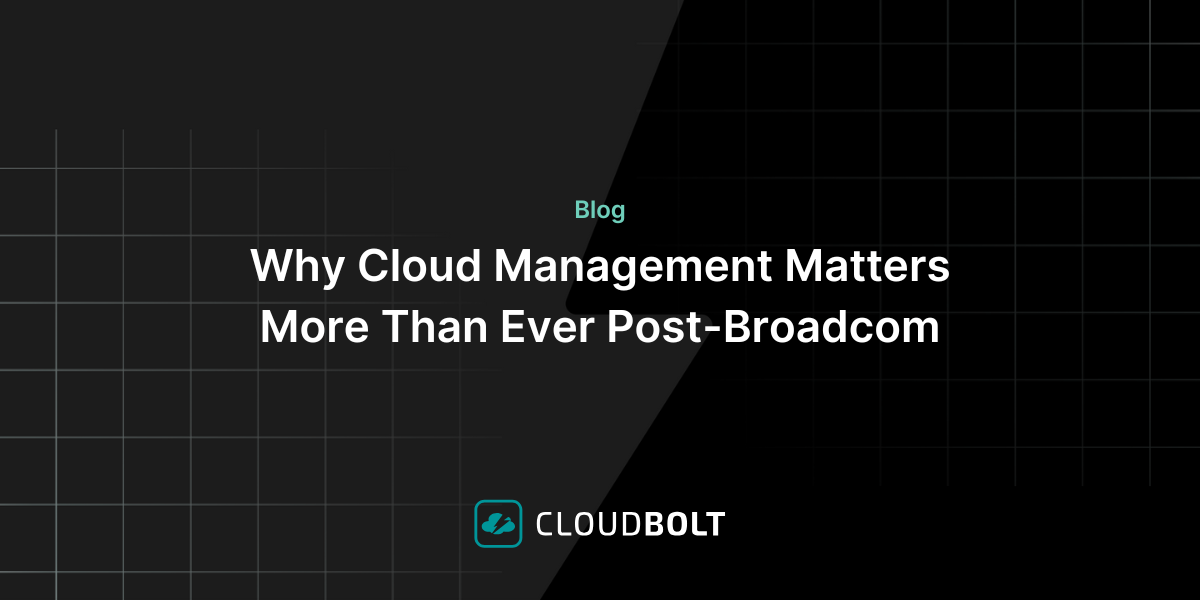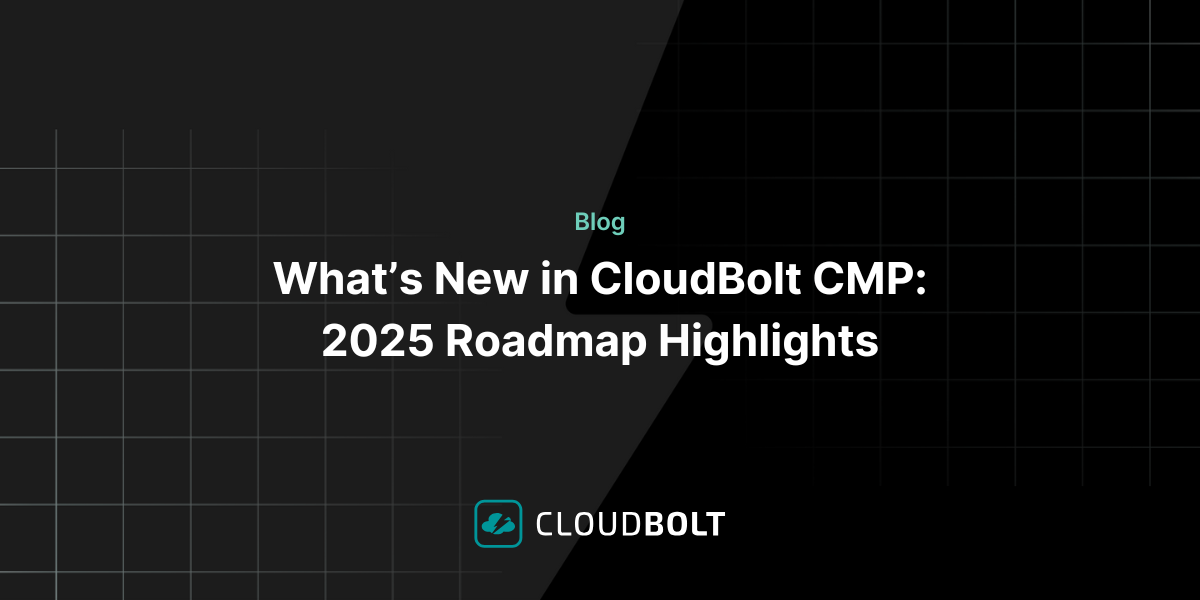Keeping up with Kubernetes—Container Orchestration for the Enterprise
Kubernetes, the open source container orchestration tool, has become the defacto choice for enterprises looking to scale their applications with production-grade containerization. According to a recent Datadog survey, its adoption rate has gone up by 10% in 2018.
Kubernetes is now distributed with Docker and available on the major public cloud platforms including AWS, Azure, and GCP And if you want to tinker with the source directly you can find instruction on Github here. Kubernetes is one of the top ten repositories being used on Github today and the community is exploding.
Why Kubernetes?
Google has been using Kubernetes in production for 15 years. This time-honored proof of working in Google’s web-scale environments makes is a solid fit for enterprise adoption. Over the years it has had the care and feeding of some of the top developers at Google. Choosing to be open source was brilliant. Now adopted across competing cloud providers, Kubernetes is sometimes referred to as K8s (K with eight letters and then “s”). The open source project is now hosted by the Cloud Native Computing Foundation (CNCF) and available here. As more enterprises adopt K8s, it has become the currency for migrating, managing, and scaling containerization across the hybrid cloud landscape.
Containers and Kubernetes
Containers can be deployed and run just about anywhere without any orchestration from Kubernetes or other orchestration tools. Containers enable developers to modularize the functionality of extremely complex application architectures as microservices with dedicated roles that support digital business for the enterprise. You can essentially start and stop containerized services independently and manually. Orchestrating them with automation requires a little more sophistication.
Kubernetes does the orchestration and management of containers so that they can be used in a production environment with the proper set of controls. You can essentially describe the desired state of how you want the containers to run and where and what to do if something goes wrong. Kubernetes then does all the work to make sure that this desired state is always kept up and running.
Kubernetes in production includes monitoring, networking, and load balancing so that when demand increases, the application architecture developed with containers scales and meets the demand. Kubernetes also provides a way to update to container versions in a continuous delivery model and rollback to a previous state when necessary.
For a quick summary overview, check out this video.
For a more detailed rundown, go here: What is Kubernetes?
CloudBolt and Kubernetes
CloudBolt supports Kubernetes orchestration for enterprises in the following ways:
- Create a Kubernetes cluster on Google Cloud Platform
- Deploy a Kubernetes cluster to your virtualization environment
- Connect to any Kubernetes cluster and orchestrate containerization
Related Blogs

Why Cloud Management Matters More Than Ever Post-Broadcom
The cloud was supposed to simplify infrastructure. But for many organizations, especially those entrenched in VMware, the last several months…

